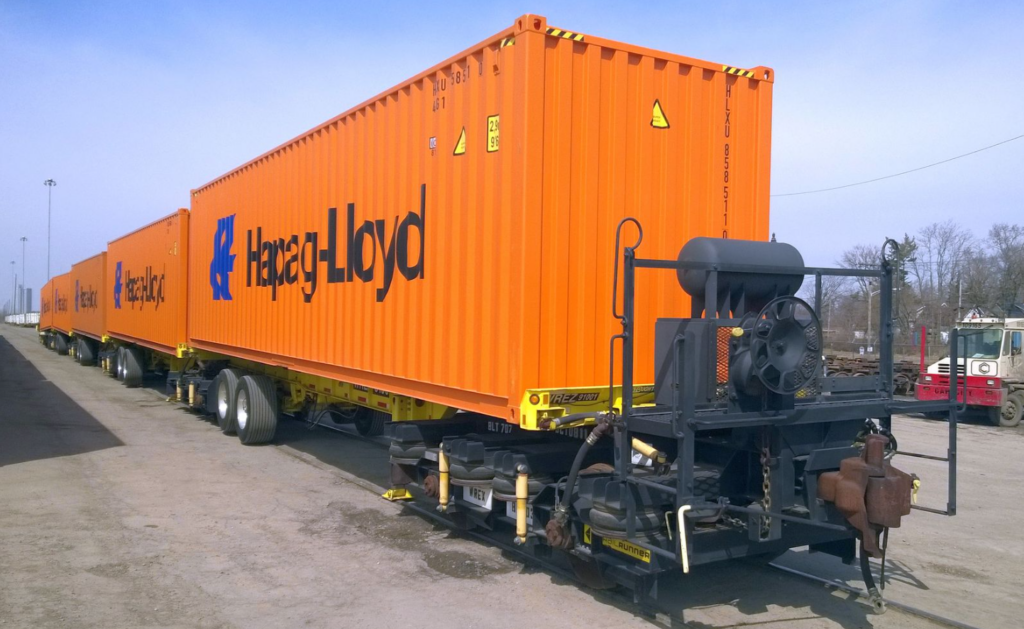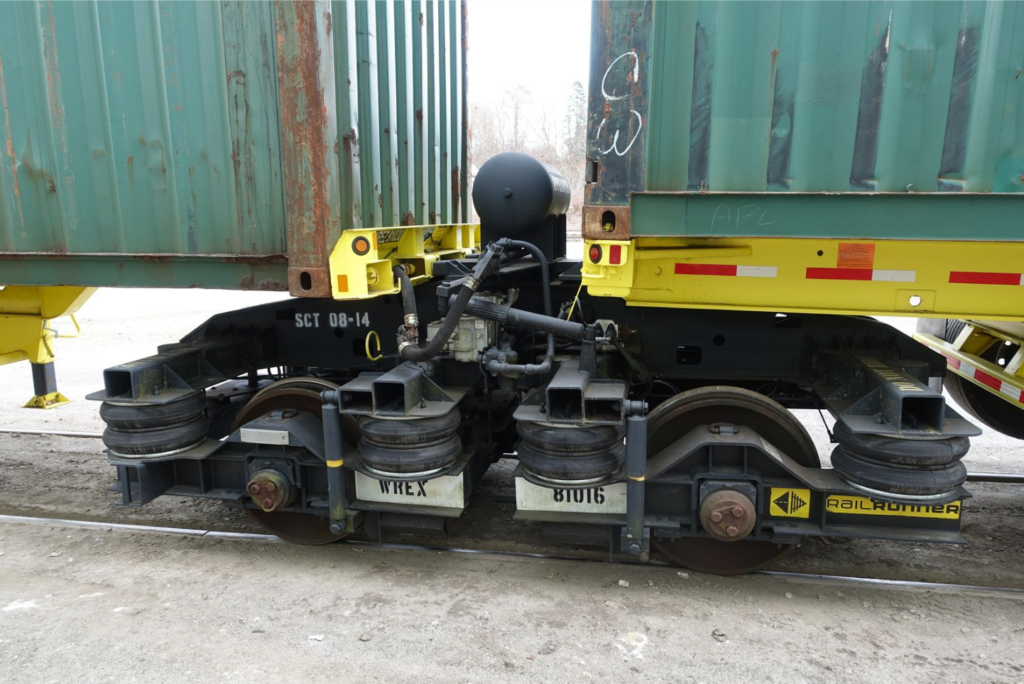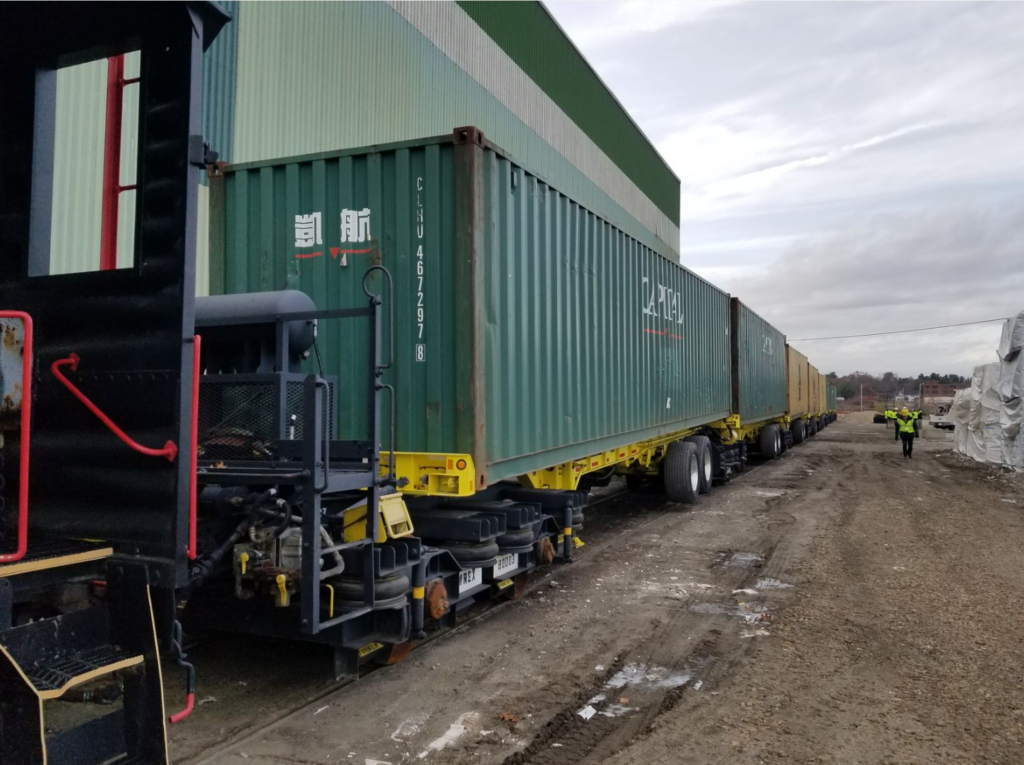With the rapid growth of the logistics industry, it became necessary to develop systems limiting the handling of cargo to speed up the delivery process. During the 1990’s the late Harry Wicks, of Buffalo, NY, USA developed and patented early RailRunner concepts for a bimodal transportation system designed to take advantage of the lower cost rail transportation whilst eliminating the high cost of terminals associated with traditional intermodal.

In 2000, RailRunner N.A. Inc. a shareholder and partner of RailRunner South Africa acquired the sole rights to Wick’s intellectual property for RailRunner and has since developed and patented many improvements and enhancements for worldwide use.
In 2015, RailRunner N.A. entered into an agreement with RailRunner South Africa for the exclusive manufacture and distribution of RailRunner systems in South Africa and throughout the SADC territory. RailRunner South Africa is offering lower cost terminals, faster loading and unloading, higher payload density and reduced carbon footprint for multiple logistics markets with its Cape Gauge RailRunner product line.

Mike Daniel, who has worked within the mining sector for decades believes that introducing the RailRunner system into Africa will revolutionise the mining and freight sector. In a continent with limited rail infrastructure, crumbling road infrastructure and limited governmental financial resources, RailRunner will require far less capital equipment cost for operating terminals (Terminal Anywhere)® which can be located close to points of collection and/or delivery no matter how remote.
This is particularly pertinent for raw material mining or farming areas without previously existing rail infrastructure. This road- and rail ready intermodal transport system simplifies transport to market with supply of goods and equipment on backhaul. The RailRunner system allows easy assembly to form trains for rail, whilst allowing for road transport for first and last miles using the same trailer.
Application in the SACD region is intended to provide economic freedom by providing access to market to previously un-serviced areas as well as seamless international transportation facilitated by improved border and custom systems. Also, in line with the South African government and Transnet’s strategy to move freight from road to low-cost rail by offering open rail access, benefits to the cost of the supply chain, contribute to limiting inflationary pressures, whilst providing increased security of transport by avoiding the volatility of unrest situations as experienced during July 2021.

Using RailRunner can alleviate pressure on road infrastructure and cost of maintenance thereof and contribute to fewer road accidents for which South Africa is notorious. RailRunner lowers logistics costs, reducing prices for consumers and making South African manufacturers and producers more competitive worldwide.
Benefits other than estimated cost savings of up to 20% on transportation costs are the reduction of CO2 outputs by up to 40% and the elimination of long-haul driving and associated driver fatigue/COVID infection.
Various corridors have been identified to benefit from RailRunner technology:
• North/South Corridor, transporting DRC copper to SA ports with backhaul of fuel & chemicals
• Central/West corridor, transporting manganese ore from Kathu to Luderitz, Namibia again with backhaul of fuel
• North West/East corridor, transporting chrome from NW province to SADC ports
• Cape/Gauteng corridor, transporting foodstuffs and white goods from Cape warehousing to Gauteng stores
• Durban/Gauteng corridor, presently transporting the bulk of goods inland, a system heavily constrained by delays and volatility
In conclusion, RailRunner intermodal service will do for African logistics what cell phone companies have done for African communications!













